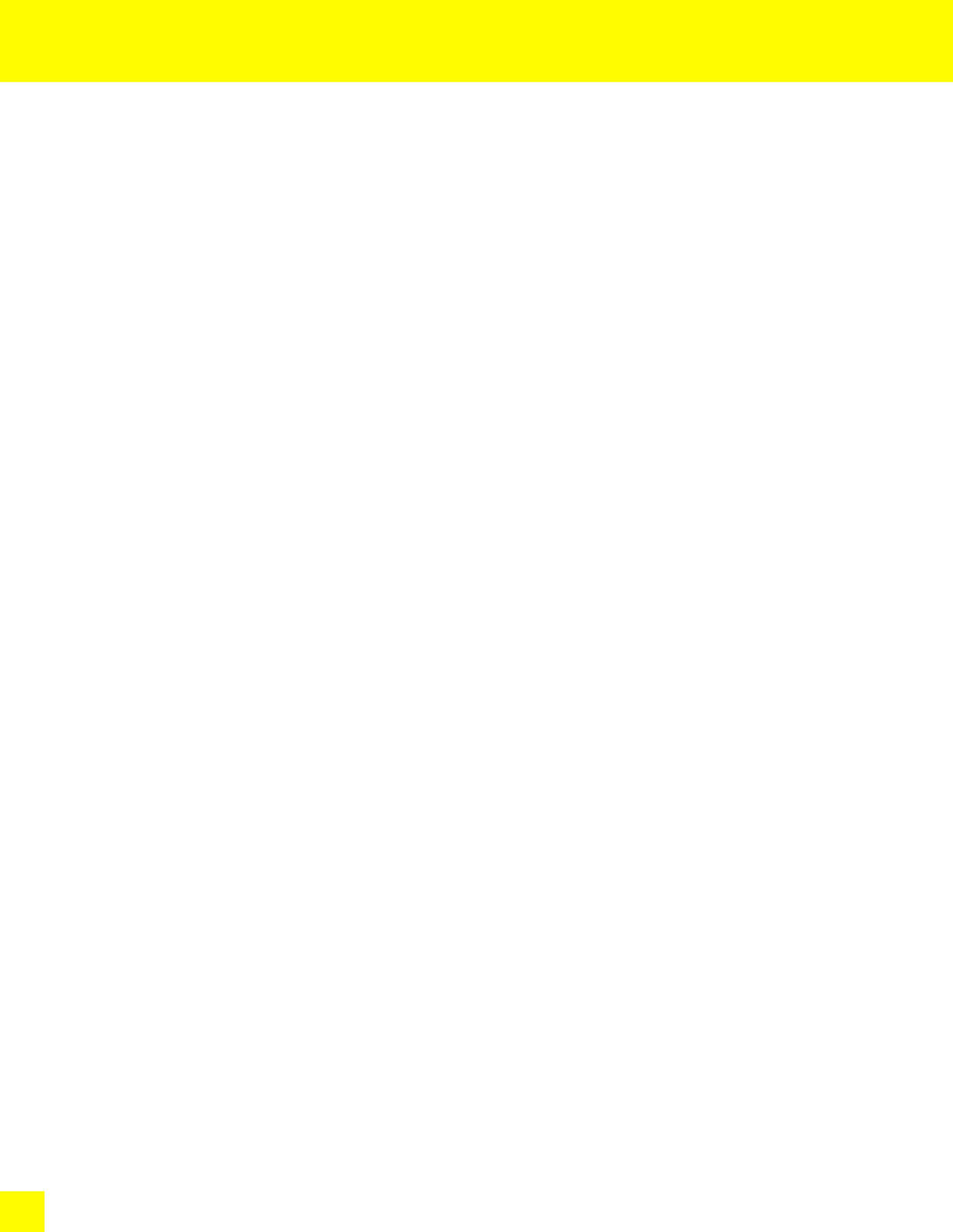

84
CK3300G-2
LUFFINGBOOM / JIB - SUPPLEMENTAL DATA
Luffing Jib
11. Luffing boom lengths for jib mounting are 98 ft (30 m)
to 197 ft (60 m).
Jib lengths are 78 ft (24 m) to 217 ft (66 m).
12. The boom should be erected over the front of the
crawlers, not laterally.
When erecting and lowering the boom length of 197 ft
(60 m) or over, the blocks for erection must be placed at the
end of the crawlers.
13. Least stable position is over the side.
14. The minimum rated load is 9,700 lbs (4.4 t).
1. Rated loads included in the charts are the maximum
allowable freely suspended loads at a given boom length,
boom angle and load radius, and have been determined
for the machine standing level on firm supporting surface
under ideal operating conditions. The user must limit or
derate rated loads to allow for adverse conditions (such
as soft or uneven ground, out-of-level conditions, wind,
side loads, pendulum action, jerking or sudden stopping of
loads, inexperience of personnel, multiple machine lifts,
and traveling with a load).
2. Rated loads do not exceed 75% of minimum tipping
loads. Rated loads based on factors other than machine
stability such as structural competence are shown by
asterisk * in the charts.
3. The machine must be reeved and set-up as stated in the
operation manual and all the instruction manuals. If these
manuals are missing, obtain replacements.
• Boom backstops are required for all boom lengths.
• The crane must be leveled to within 1% on a firm
supporting surface.
• Counterweights and carbody weights are fully installed.
4. Do not attempt to lift where no ratings are shown as
crane may tip or collapse.
5. Attempting to lift more than rated loads may cause
machine to tip or collapse. Do not tip machine to
determine capacity.
6. Weight of hooks, hook blocks, jib hook blocks, auxiliary
sheave hook blocks, slings and other lifting devices
are a part of the total load. Their total weight must be
subtracted from the rated load to obtain the weight that
can be lifted.
7. The total load that can be lifted over a jib is limited by
rated jib loads.
8. The total load that can be lifted of an auxiliary sheave
should not exceed 33,000 lbs in case of single part of line.
And it should not exceed 66,100 lbs in case of two parts
of line.
9. Auxiliary sheave ratings at any radius from center of
rotation are the same as crane ratings shown in table for
luffing jib when operated at the same radius.
10. Auxiliary sheave can be mounted on all of boom and jib
combinations.

















